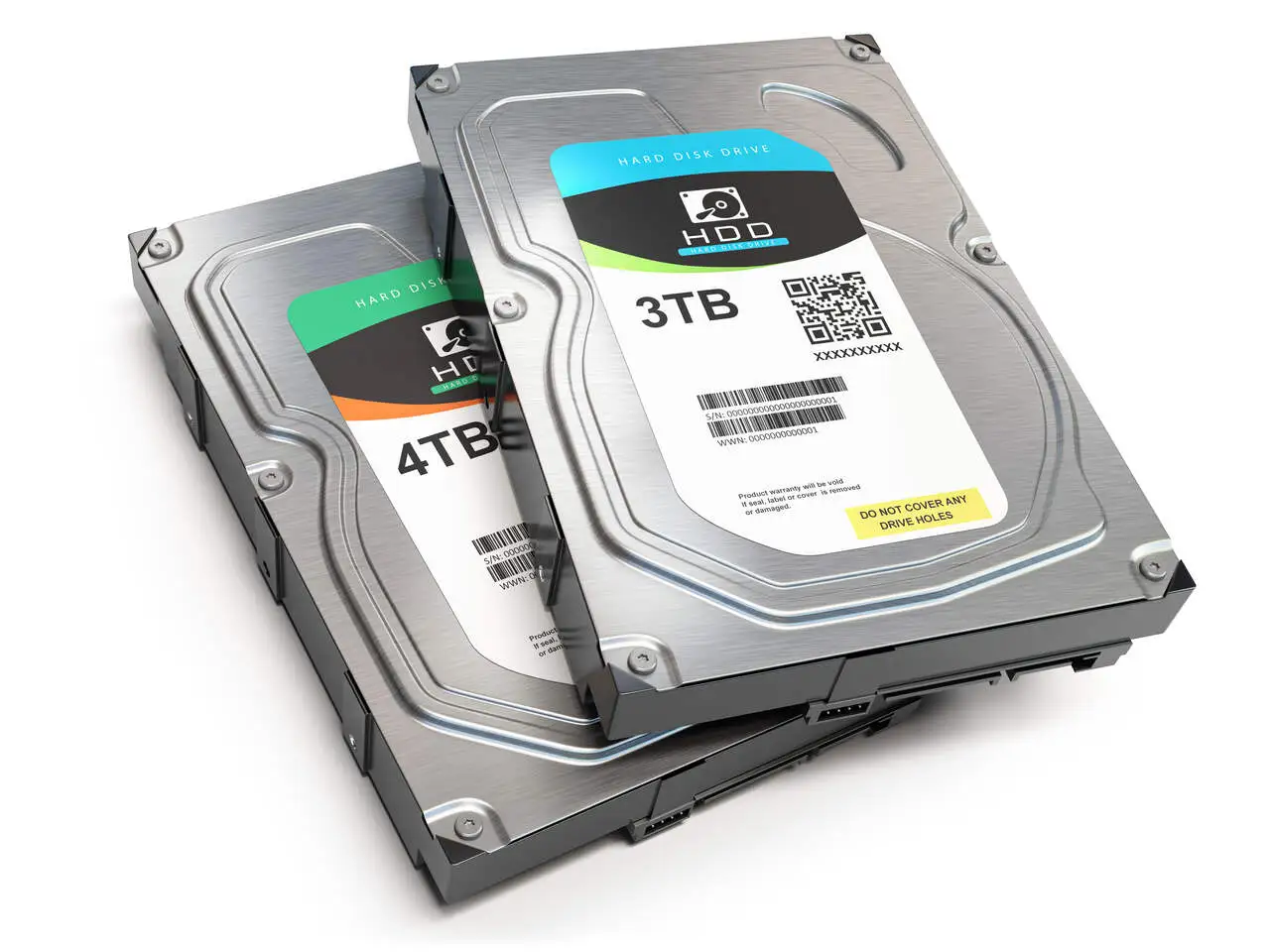Data recovery is an essential process for restoring lost or corrupted information on digital storage devices. Whether due to hardware failure, human error, viruses or natural disasters, data loss can have serious consequences for individuals and organisations.
Data loss is a risk that all users of electronic devices are subject to, so there are plenty of options for data recovery, from free software to specialised companies. There’s no doubt that data recovery companies are the best choice for more complex cases of data loss.
Therefore, choosing a good data recovery company is essential for safe data recovery.
The data recovery process varies greatly depending on the type of device that has suffered data loss. The simplest devices are hard drives and SSDs, but there are much more complex devices such as databases, servers, storage systems and even magnetic tapes.
Data recovery starts from one point: restoring access to information that for some reason has become inaccessible, the path to restoration is complex. To understand this better, it’s important to know the most common causes of data loss.
Common Causes of Data Loss
As we said earlier, there are countless reasons why data can be lost from a device, so we’ll list the 10 main causes, but it’s worth pointing out that in practically all scenarios data recovery is possible:
- Hardware failures: Physical components of devices, such as hard discs, RAM, processors and motherboards, can fail due to wear and tear over time, overheating, physical impact or manufacturing defects. These failures can result in the loss of data stored on the device.
- Human errors: Accidental deletion of files, incorrect formatting of devices, improper handling of data or mistaken operations can result in the unintentional loss of information.
- Viruses and malware: Virus infections, ransomware, spyware and other types of malware can corrupt or delete data stored on devices, compromising their integrity and availability.
- Natural disasters: Events such as fires, floods, earthquakes, storms and other natural disasters can seriously damage physical storage devices, resulting in the irreparable loss of data.
- Data corruption: Power interruptions, unexpected shutdowns, voltage spikes and failures during the process of writing or reading data can cause corruption in stored files, making them inaccessible or unreadable.
- Outdated firmware: Lack of firmware updates can result in security vulnerabilities or compatibility problems that affect the integrity of the data stored on the devices.
- Improper use of software: The use of low-quality, unstable or poorly designed applications or programmes can lead to operating system or specific application failures, resulting in data loss.
- Storage overload: When the device reaches its maximum storage capacity, data corruption or file system failures can occur, resulting in data loss.
- Theft or loss of devices: The theft or physical loss of devices, such as laptops, smartphones or USB drives, can result in the exposure of sensitive data or the total loss of stored information.
- Poor backup management: Lack of regular backups or inadequate backup procedures can make data vulnerable to irreparable loss in the event of failure or corruption of the main devices.
There are other reasons why data can be lost, but these are the ones we receive the most in our labs, and we have solutions for all of them. Even for ransomware attacks that encrypt the victim’s data, even for a case as complex as this, we are able to recover the encrypted files.
We’d like to leave you with a few tips that can make data recovery easier if you follow them, but can also make it impossible if you ignore them.
- Stop using the affected device immediately – If the device continues to be used even after data loss, the risk of the data being overwritten is very high, so as soon as you realise you can’t access files, stop using the device immediately.
- Avoid amateur data recovery attempts – There’s a truth about data recovery: the first attempt may be the last. Therefore, the first attempt should be made with great care, as it can make the data loss even worse.
- Seek the help of an experienced data recovery professional – There are many misconceptions about data recovery, especially on small devices such as hard drives, SSDs and USB sticks. The first impulse of a lay person is always to open the device to try to “fix” it, which is a serious mistake, as these devices are extremely sensitive to contact with the outside world. So always seek specialised help.
- Keep regular backups – We’ve received many clients who were convinced that their backups were up to date, but had the sad reality that they were not. A well-established backup routine should be a fundamental part of any company.
Digital Recovery, a company specialising in data recovery
For over 25 years we have been working tirelessly to develop solutions and technology that have made us one of the leading data recovery companies in Brazil. Our unique solutions can restore files in the most complex data loss scenarios.
We have the expertise to recover hard drives, SSDs, databases, storage (NAS, DAS, SAN), RAID systems, servers, virtual machines and more.
Our solutions can be executed remotely, thus drastically reducing the time needed for data recovery.
Our solutions can be executed remotely, thus drastically reducing the time needed for data recovery.



